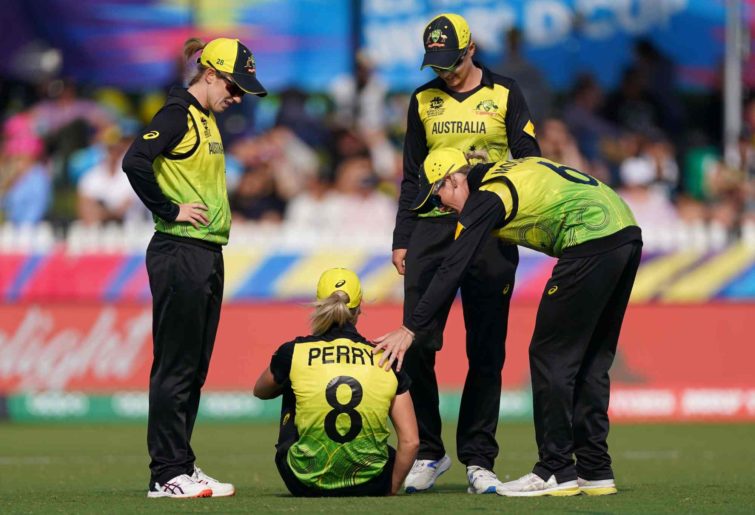Ruthless Aussies thrash Bangladesh by eight wickets, secure ODI series clean sweep
A ruthless Australian women's cricket team has shown little mercy to Bangladesh, thumping the hosts by eight wickets to clean sweep their ODI series.…
Opinion
Winning a World Cup requires strong performances from all 11 players on the field, yet Australia have been operating without utilising their squad to its fullest at this tournament.
Against India, Molly Strano was only trusted to bowl two overs.
Against Sri Lanka, Delissa Kimmince was only given one over despite having bowled effectively against India.
Against India and New Zealand, Annabel Sutherland was selected as a non-bowling No.8 batter. Even after Ellyse Perry’s injury in Monday’s game, captain Meg Lanning chose to go with Ash Gardner’s part-time spin rather than trust Sutherland.
It is understandable to heavily rely upon bowlers like Perry, Megan Schutt and Jess Jonassen – they are among the best in the world. However, this continued reliance causes a problem if one of those players is injured or suffers a loss in form.
And with Perry out for the rest of the World Cup, there are genuine questions about how overs will be allocated.

Teammates react as Ellyse Perry is injured (AAP Image/Scott Barbour
Schutt and Jonassen can be counted on to provide eight quality overs. To date, Georgia Wareham and Nicola Carey have been reliable additions, although Carey was expensive against the Kiwis as she struggled to find a good length late in the innings.
That still leaves at least four potential overs to be bowled. It is unrealistic to expect Gardiner’s part-time spin to fill that quota, but where else do they come from?
The primary options are Sutherland, Strano, Kimmince and Sophie Molineux, but each offers cause for concern.
Lanning apparently does not trust Sutherland to bowl against the stronger teams. For a player finding their feet in international cricket, there is an increased need to feel that you belong within the set-up but her treatment means Sutherland cannot feel confident about her bowling.
Molineux has yet to play in the Cup and it is always a risk to bring in a player late in a tournament. However, Molineux has played some strong matches recently and looked good against England in the warm-up games.

Sophie Molineux playing for Renegades (Photo by Darrian Traynor/Getty Images)
Kimmince is the closest replacement for Perry, as a useful hitter who can be relied upon to deliver quality seam bowling – she sent down four inexpensive overs against India. However, as the semi-final is to be played at the SCG, more spin options may be the preference.
The best spinner available is then Strano, who bowled well against Sri Lanka before surprisingly being left out. My personal pick to bowl the remaining overs, Strano’s downside is the team’s batting would be left worryingly thin.
The questions at hand stem from the selection policy used thus far. Teams generally either rotate players to give the entire squad a chance to remain in form, or continually pick the best team so as to maintain match fitness for the latter stages.
Australia has gone with the second option and while this is a reasonable choice, they could have used the match against Bangladesh to give players like Strano, Kimmince and Molineux some match practice.
That decision may come back to haunt them, as one of those players is going to be relied upon in a key moment against South Africa, India or England.
Hopefully, the lack of game time will not count against them.